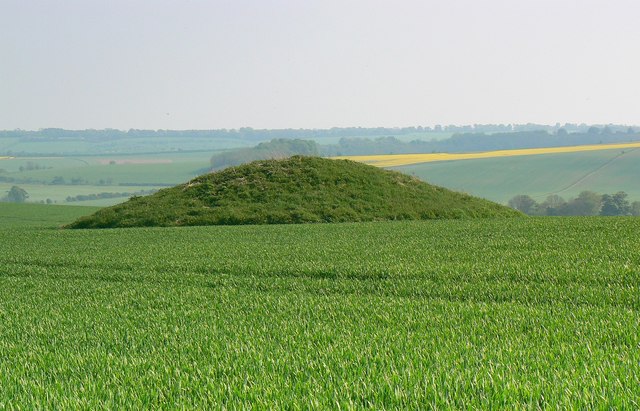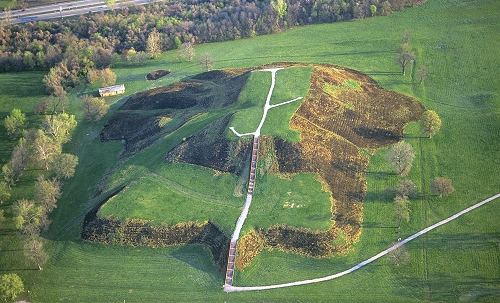http://www.ibtimes.co.uk/solid-gold-...russia-1503725Solid gold Scythian bongs for cannabis and opium discovered in Russia
Two solid gold bongs dating back 2,400 years, used by Scythian tribal chiefs to smoke cannabis and opium, have been discovered in Russia.
The two gold bongs were found along with a host of other artefacts by archaeologists working at a kurgan – a massive grave mound left by the civilisation.
Anton Gass, an archaeologist at the Prussian Cultural Heritage Foundation, told National Geographic that the find was a "once in a century discovery", adding the artefacts were "among the finest objects we know from the region".
The kurgan was first stumbled upon by archaeologists in 2013 when construction workers were clearing the land to put in a power line. The location has been kept secret to prevent looters from damaging the area.
A Google search will turn up additional articles.
The Scythians are a little-known tribal culture or civilization out of the steppes of Russia, who were very militaristic, migrated on horses and were known to be deadly archers. Sound familiar? The Huns and then Mongols who came later, both also out of the steppes of Russia, and both also on horseback and excellent archers, seem to be some kind of cultural descendents of the Scythians. All three of these historical peoples devastated other civilizations with military invasions. The Huns caused the Roman Empire to become severed into two, and the Mongols were the only people to ever subjugate Russia. The Scythians and Huns both appear to have spoken an Indo-European language.
Another interesting fact is where they found these artifacts: in a tumulus or burial mound. There are many such mounds from Korea, to the Caucasus, to western France and the British Isles, straight across the Atlantic to the Ohio River Valley, down the Mississippi basin and into Central America. Many of them are pre-historic and it isn't clear what culture constructed them. These tumulus on both sides of the Atlantic is often cited as evidence of a cultural spread indicating the influence of Atlantis, and skeletons of giants (7-8 ft. tall and greater) have been dug out of some of the thousands of mounds in the Ohio River Valley.
Tumulus (Kurgan) in Russia:
Tumulus at Sugar Hill, Wiltshire, in Britain, believed to be 4000 years old:
Tumulus in Miamisburg, Ohio (one of thousands in the Ohio River Valley alone):
Note that these things are not a small undertaking as it involves moving a fairly large amount of dirt. The ones in the Americas seem to be larger, for example at Cahokia Mound in Illinois:
This was once the center of a civilization, within sight of modern-day St. Louis.
Then again, there are a lot of these kinds of sites all over the world that have not been properly studied.
As far as their use of marijuana and opium, these news articles online say that they might have either been used before battle, to go into an altered state of consciousness before the battle, or else after a battle to wind down. The gold bongs in the article have scenes depicted on them that have historical value of their own right and I'm sure will be studied and compared with the art of other cultures to find some kind of cultural context.
The Greeks employed hashish, opium and blue lotus in religious/spiritual activities, including initiations into their mysteries. One mystery initiation that any grown man in Greece could go through involved drugging someone with hash and opium so that they would get sleepy, and when they fell asleep the initiates of the mystery would move this man to an elaborate candle-lit room and wait for them to wake up for a ceremony, at which point they would still be under the effects of both drugs and thus more predisposed to interpret their experience as something magical and life-altering.









 Reply With Quote
Reply With Quote
Bookmarks